Charles Skorina & Company
● RETAINED EXECUTIVE SEARCH ●
Our clients: visionary families, transformative nonprofits, Wall Street trailblazers
Our vision: build investment preeminence, create opportunity, enrich lives
Our work: provide talent, access, relationships, and insights
LATEST NEWSLETTER
I worried about so many things during my life, but the really tough hits I never saw coming. — Anonymous
Our 2023 endowment performance report features ten-year investment returns for one hundred thirty-eight US and eight Canadian institutions, the latest available. In addition, we include one-year returns for 2023, 2022, 2021 along with AUM, as of their respective fiscal year-ends.
NACUBO and Commonfund released their annual endowment study two weeks ago chock full of facts and figures. Chief among them, the 688 participating U.S. college and university endowments and affiliated foundations returned 7.7 percent, net of fees, for fiscal 2023. Trailing 10-year returns averaged 7.2 percent.
NACUBO noted that “Historically, institutions with larger endowments often have secured better one-year investment results than those with relatively smaller endowments. The reverse occurred in FY23, owing to smaller institutions’ substantially larger allocations to publicly traded securities.”
All this is nice to know, but in our line of work, acquiring talent and capabilities for institutional and family office clients, we like hard data on the individuals who drive the investment decisions. Returns may be historical, but they are useful cues to an investor’s process and discipline.
As it turns out, of the 688 institutions in the NACUBO study, including 138 endowments over one billion AUM and 77 between $500 million and a billion, only about a third have an internal chief investment officer or designated investment head, mostly those in the above mentioned half a billion and up categories. These are the ones that catch our eye. The rest use OCIOs, investment committees and consultants, RIAs, brokers, and well-meaning volunteers.
The lay of the land
Institutional investors had a lot on their minds the last few years: Covid and a market crash in 2020, meme stocks and valuation- frenzy in 2021, war and rates in 2022, and bank busts in 2023. But other than the specter of rate increases, no one saw these disruptive outliers coming.
And yet, the best investors somehow find a way to outperform. After years of recruiting investment talent, we’ve observed that top performers tend to stay on top, despite the occasional speed bumps.
Cambridge Associates concurs. In a 2022 paper on investment advice for the entrepreneurial mindset, CA studied equity portfolio managers over a twenty-year span and found that, “On average, “successful” managers underperformed about one quarter of the time over any rolling three- and five-year periods.”
Unfortunately, it’s hard to find good data on nonprofit CIOs with twenty years or more of tenure, but ten years is doable. Hence our emphasis on ten-year performance.
We also list the current endowment CIO or designated head of investments, although often performance was baked in by the prior CIO.
Paula Volent for example, now at Rockefeller University, was for twenty years the CIO at Bowdoin College and her fingerprints linger on Bowdoin’s latest 11.7% ten-year return, topping our charts yet again.
Where are the women?
Read More »NEWS AND COMMENTARY
ABOUT
SKORINA IN THE NEWS
9-2-21 Forbes: Insiders say Yale missed an opportunity to add diversity to its iconic $31bn endowment.
9-1-21 Institutional Investor: How to Reach the Allocator C-Suite.
5-7-21 BloombergNews: Yale Names Alex Banker Interim Endowment Chief, Plans Search
5-6-21 The New York Times: David Swensen, Who Revolutionized Endowment Investing, Dies at 67
5-6-21 Forbes: Yale Endowment Chief David Swensen Leaves Legacy of Top College Investment Leaders
CHARLES A. SKORINA & COMPANY works with leaders of Endowments, Foundations, and Institutional Asset Managers to recruit Board Members, Executives Officers, Chief Investment Officers and Fund Managers.
Mr. Skorina also publishes THE SKORINA LETTER, a widely-read professional publication providing news, research and analysis on institutional asset managers and tax-exempt funds.
Our Practice:
• We recruit Board Members and Executive Officers, Chief Investment Officers and Senior Asset Managers.
• Our research and analytics are backed by over thirty years of hands-on recruiting experience and an unrivaled personal network.
• We collect performance, compensation, and background data on most senior institutional investment professionals in the U.S. and the funds they manage. We analyze that data to construct profiles of those managers and their funds, identify best-in-class people, and map their career trajectories.
• We share our research and insights in a widely-read professional newsletter – THE SKORINA LETTER – and website – www.charlesskorina.com.
• The New York Times, Wall Street Journal, Bloomberg, Thompson Reuters, Financial Times (Fundfire), Institutional Investor, Pensions & Investments, Private Equity International, and the institutional investment community use our research and analysis. Skorina has been interviewed on chief investment officer compensation issues on Bloomberg TV.
• Our work is regularly re-printed in Allaboutalpha.com and other industry magazines, blogs, and third- party web postings.
• We focus specifically and effectively on the world we know: Board members and Executive Officers, Chief Investment Officers, and Senior Asset Managers at institutional investment firms and funds – including sovereign wealth funds, endowments, foundations, pension funds, banks, investment banks, outsourced chief investment officer firms (OCIO), and sell-side money managers.
Prior to founding CASCo, Mr. Skorina worked for JP MorganChase in New York City and Chicago and for Ernst & Young in Washington, D.C.
Mr. Skorina graduated from Culver Academies, attended Michigan State University and The Middlebury Institute of International Studies at Monterey where he graduated with a BA, and earned a MBA in Finance from the University of Chicago. He served in the US Army as a Russian Linguist stationed in Japan.
Charles A. Skorina & Co. is based in Tucson, Arizona.



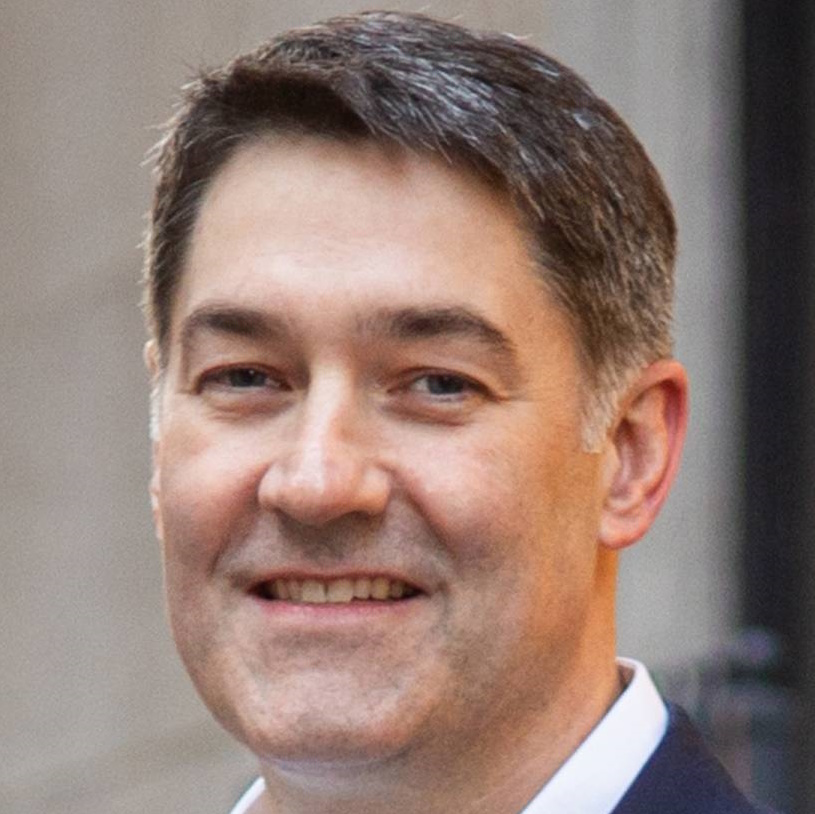

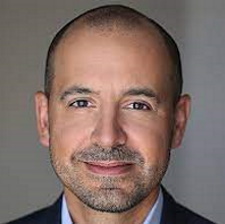


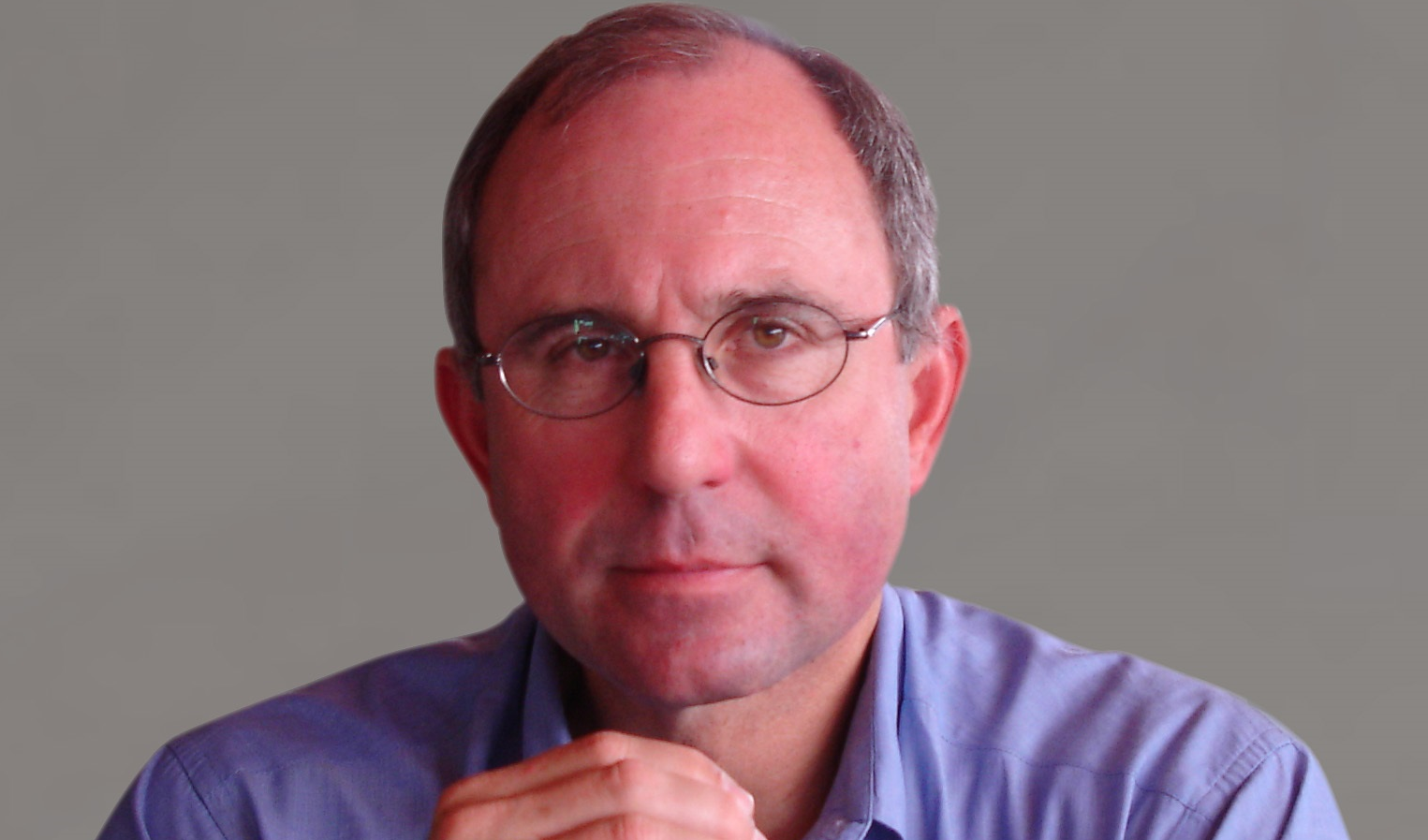


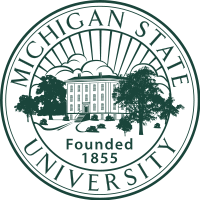
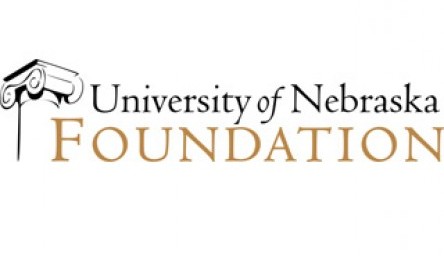
Chief Investment Officer Pay at Private Foundations
Price is what you pay. Value is what you get. — Warren Buffett
What do chief investment officers earn at nonprofit institutions? We recruit these executives for a living, so we avidly track their pay and performance. In this letter, we highlight the compensation of fifty chief investment officers and investment heads at private US foundations.
Many nonprofits, family offices, and Wall Street firms employ top investment professionals, but it’s difficult to extract meaningful data on compensation from reluctant sources. Ergo, we go with what we can get.
In this comp report we’re going with a revealing data set from our good friend John Seitz, CEO of FoundationMark. We wrote about Mr. Seitz in last month’s newsletter on “Foundation Investment Performance,” and we think his research and rankings are useful companions to our endowment studies, of interest to asset owners and all purveyors of investment products and services.
The Bigger the Better
Nonprofit investors wear many hats but have essentially one metric by which they are judged, long-term performance. However, that does not seem to be the metric for how they are paid. When it comes to compensation, size matters.
A few years ago, we ran some correlations using our archival datasets to see how pay correlated to AUM, tenure, and performance at endowments.
The coefficient for AUM to comp was 0.69, which is moderately high. But tenure and performance did not appear to have much impact on CIO pay. In most cases, size trumps all other metrics.
Our correlations
Comp-vs- AUM: 0.69
Comp-vs-Tenure: 0.31
Comp-vs-5yr Returns: 0.27
Kevin Hallock, President, University of Richmond, an expert in the field of executive compensation, and author of “Pay: Why People Earn What They Earn and What You Can Do Now to Make More,” puts it this way:
Read More »